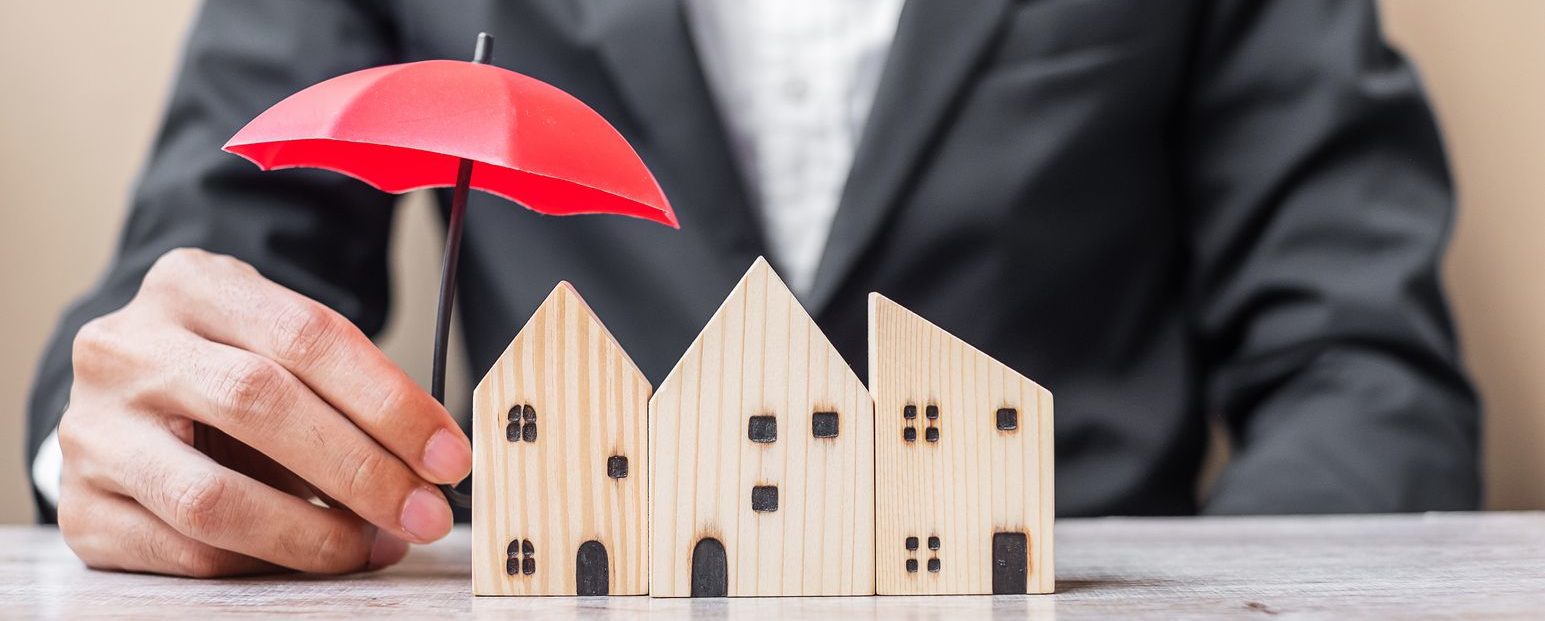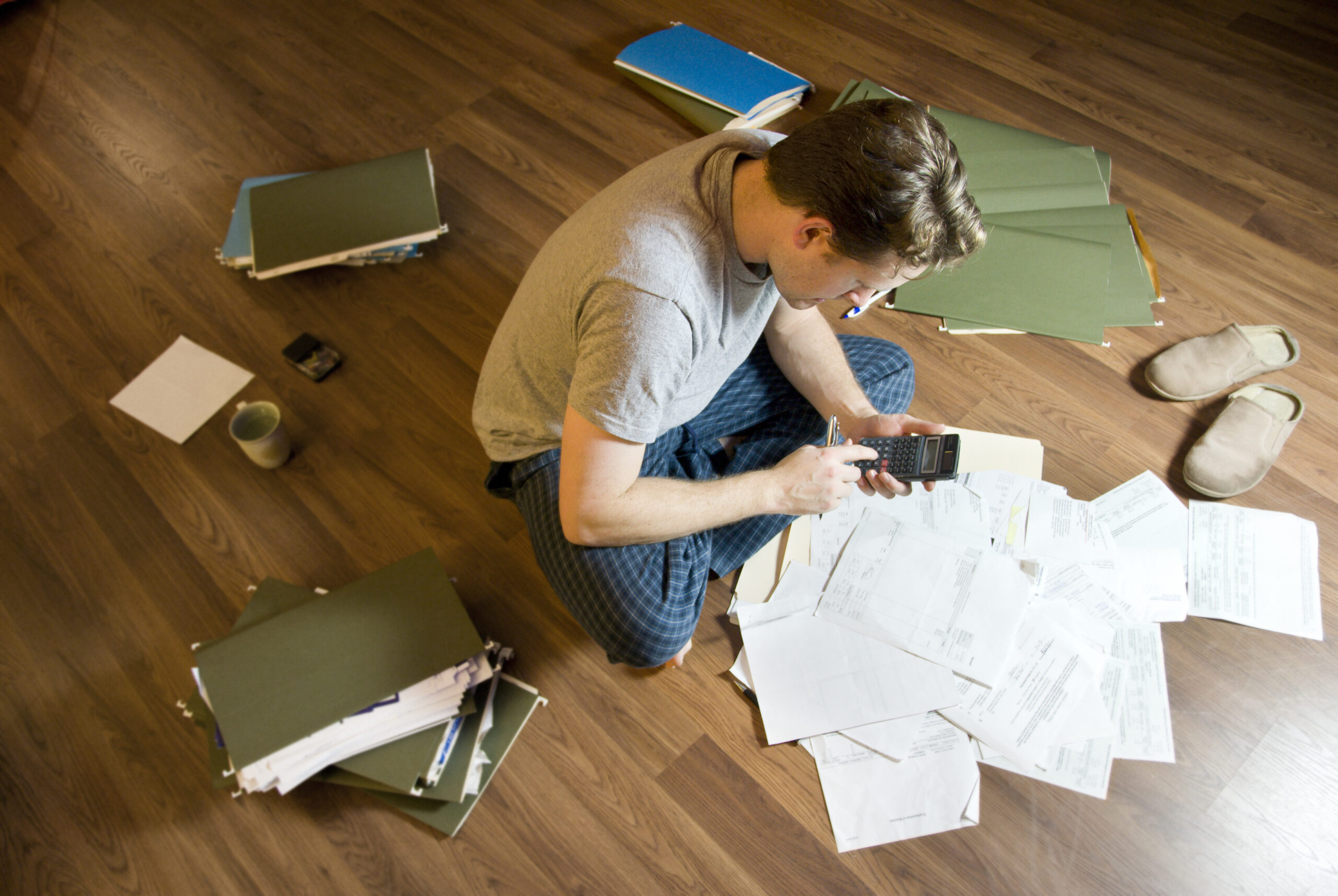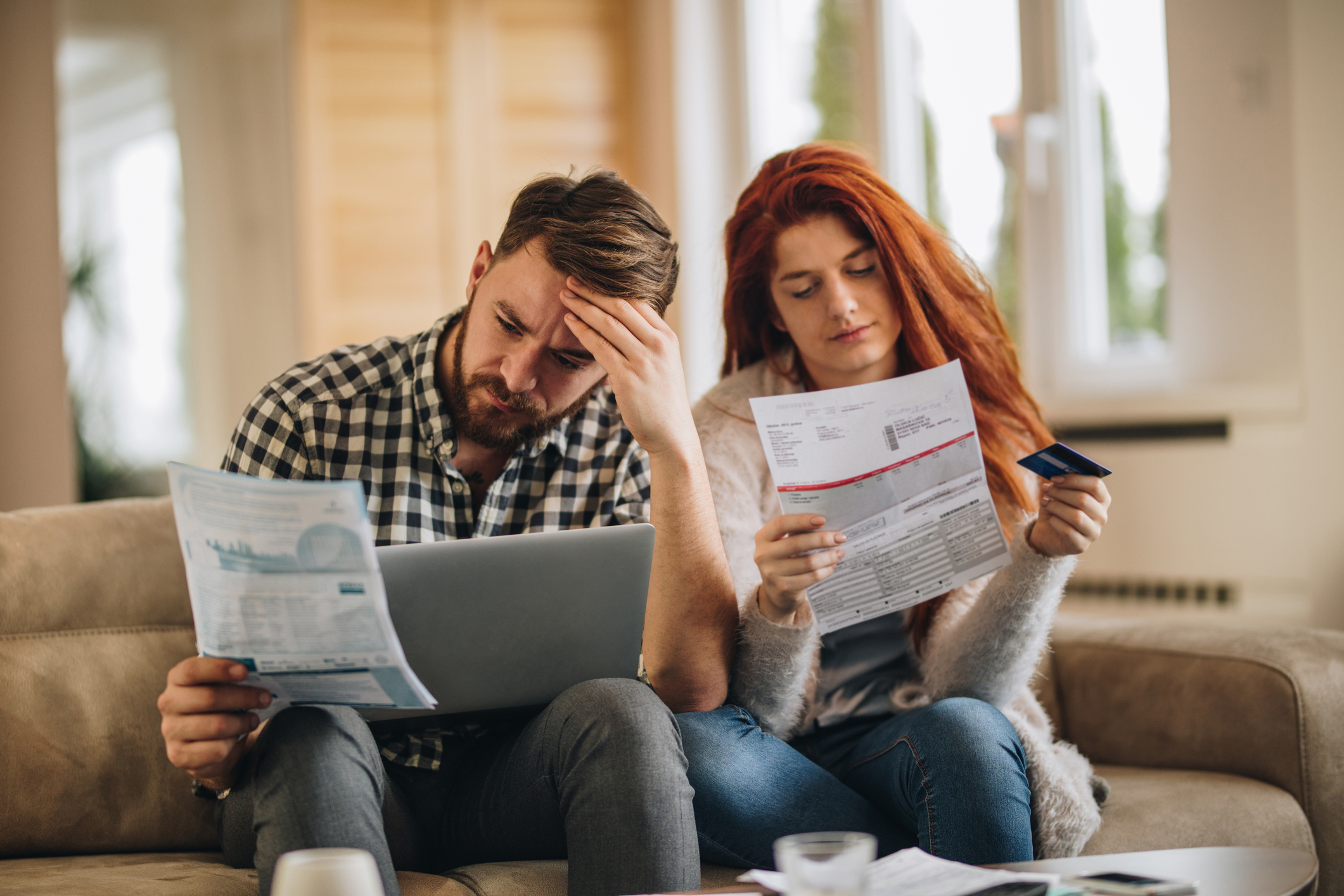
Key takeaways
-
Homeowner’s insurance protects your investment in your home.
-
Most policies offer coverage for your dwelling, other structures, personal property, loss of use, personal liability and some medical payments.
-
Basic homeowner’s insurance typically doesn’t cover damage from floods, hurricanes, earthquakes, pest infestations and normal wear and tear.
Most people know that homeowner’s insurance is necessary to cover anything major that might happen to a house. But what exactly does it cover? And what does it not cover? You might be surprised to discover what is and isn’t covered in the typical homeowner’s insurance policy.
Understanding homeowner’s insurance
For most people, their home is their biggest investment. Homeowner’s insurance is essential to protect that investment.
A homeowner’s insurance policy is a type of insurance that covers damage to or destruction to your home. It pays out if your home or the belongings within are damaged by fire, storms, theft and more. Homeowner’s insurance will:
-
Pay for repairs necessary after certain events
-
Pay to repair or replace personal belongings that are damaged, destroyed or stolen
-
Pay for your living expenses during necessary repairs
-
Cover any liability if someone has an injury in your home
Interestingly, homeowners aren’t legally required to purchase homeowner’s insurance. However, many mortgage and home equity lenders require that borrowers have homeowner’s insurance on their property. Mortgage companies want to protect their investments, too, and requiring you to insure your property ensures that you are both covered in the event of something catastrophic. Homeowner’s insurance also provides you with a financial safety net you might need someday.
This explains why 93% of homeowners have insurance. On average, homeowners pay about $1,784 per year (or $149 per month) in premiums.
Note that homeowner’s insurance is different from mortgage insurance. Homeowner’s insurance protects you – and, to an extent, the lender – if something happens to your home. Mortgage insurance protects the lender if you can’t make your monthly mortgage payments.
What does homeowner’s insurance cover?
Homeowner’s insurance covers many different types of damage that can affect your home. Most policies cover damage caused by fire, wind, hail, explosions, vandalism, theft, cold weather and electrical surges. Some policies even cover damage from volcanic eruptions!

Most standard homeowner’s insurance policies include six distinct types of coverage:
-
Dwelling
-
Other structures
-
Personal property
-
Loss of use
-
Liability
-
Medical payments
We’ll look at each in more detail.
Dwelling
When most people think of homeowner’s insurance, they’re thinking of basic dwelling coverage. This coverage covers the house itself, including:
-
Walls
-
Floors
-
Roof
-
Windows
-
Attached garages
-
Attached porches and decks
-
Built-in appliances
So, as an example, if your roof suffers hail damage in a storm, that’s covered under your policy’s dwelling coverage.
Other structures
This coverage protects against damage to structures on your property that aren’t physically attached to your house. These typically include:
-
Fencing
-
Sheds
-
Detached garages
-
Personal property
Personal property coverage covers the personal belongings in your house – up to a point. It typically includes:
-
Furniture
-
Clothing
-
Appliances (freestanding, not built-in)
-
TVs and other electronics
Bicycles
This coverage includes general household items, but not specific items of high value. So, for example, if you own an expensive piece of jewelry, it might not be included in your personal property coverage. It’s the same with expensive musical instruments. To cover these items, you’ll need what’s called scheduled personal property insurance that covers items placed on a special schedule or list.
Loss of use
This type of coverage, sometimes called coverage of additional living expenses, kicks in if your home is too damaged to live in. The coverage typically pays for staying in a hotel, eating meals at restaurants, and other living expenses incurred while the repairs to your house are underway.
For example, consider a kitchen fire that renders your house unlivable for several weeks while the repairs occur. Loss-of-use coverage will pay for your hotel stay and out-of-home meals during those weeks.
Personal liability
Personal liability coverage doesn’t cover your home, per se. It protects you if a person suffers an injury while visiting your home. Suppose a person trips over a throw rug in your living room and breaks their arm. In that case, personal liability coverage protects you if this person sues you for their medical expenses and lost wages.
Medical payments
The final component of homeowner’s insurance is medical payments coverage. This coverage pays the medical bills of any third parties injured on your property. So if that theoretical person tripped over the rug and didn’t sue you, your medical payments coverage would still take care of that person’s medical bills.
What does homeowner’s insurance not cover?
You might think homeowner’s insurance would cover any damage to your home or the property inside. You’d be wrong. Most standard policies contain numerous exceptions for things they don’t cover, such as:
-
Power failures
-
Floods
-
Hurricanes
-
Water backups from clogged drains and sewers
-
Wear and tear
-
Neglect or lack of normal maintenance
-
Damage from earthquakes, landslides and sinkholes
-
Infestations by vermin, birds, mold or fungus
-
Damage from government action, including war
-
Nuclear hazards
-
Intentional damage by the homeowner

Some insurance companies require you to take out additional coverage to protect against acts of nature, including storms, floods, earthquakes, and other. If you live in an area prone to flooding or earthquakes, you may need to take out this additional coverage.
How to extend your homeowner’s coverage
Fortunately, there are ways to extend your homeowner’s insurance to cover more than just the basics. This extra coverage, in the form of extra-cost endorsements, goes above and beyond a basic policy to cover additional items in and around your home.
Some of the more popular endorsements include:
- Scheduled personal property. As mentioned, this covers the theft of, or damage to, a specific high-value personal item not covered by the homeowner’s insurance plan. A scheduled personal property plan can cover things like expensive pieces of jewelry or musical instruments.
-
Ordinance coverage. Sometimes called law coverage, this endorsement pays the costs of bringing your home up to current building codes when you’re undergoing rebuilding or repairs.
-
Water backup coverage. This coverage pays in the event of water damage caused by backed-up sump pumps, drains or sewer lines – but not for flooding caused by storms.
-
Service line protection. This endorsement pays if gas, electric, water or other utility lines suffer damage.
-
Equipment breakdown coverage. This additional coverage pays for large appliances, air conditioning units or furnaces if they need repair or replacement.
-
Some insurance providers even let you tack on identity fraud coverage if you’re the victim of identity fraud. Like these other endorsements, identity fraud coverage comes with an extra charge, payable either monthly or yearly.
WATCH: Tips to Save Money on Your Homeowners Insurance
The blog articles published by Unlock Technologies are available for informational purposes only and not considered legal or financial advice on any subject matter. The blogs should not be used as a substitute for legal or financial advice from a licensed attorney or financial professional. Links in our blog posts to third-party websites are provided as a convenience and are for informational purposes only; they do not constitute an endorsement of any products, services or opinions of the corporation, organization or individual. Unlock Technologies bears no responsibility for the accuracy, legality, or content of external sites or that of subsequent links.



